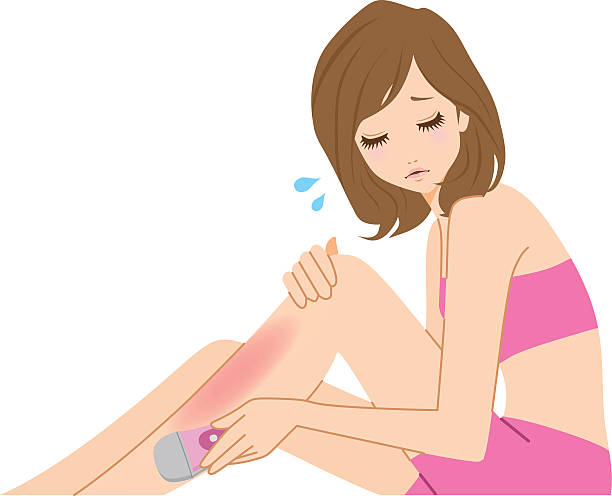
Manual Razors:
Safety Razors: Single or double-edged razors with a protective guard.
Cartridge Razors: Multi-blade razors with disposable cartridges for convenience.
Straight Razors: Traditional razors with a sharp blade that folds into its handle.
Electric Shavers:
Foil Shavers: Use oscillating blades beneath a thin, perforated foil.
Rotary Shavers: Feature circular blades that move in a rotational motion.
Hair Removal Creams: Chemical-based creams that dissolve hair at the surface of the skin.
Epilators: Devices that mechanically grasp and pull out hair from the roots.
Waxing Kits: Wax strips or pots for temporary hair removal from various body parts.
Laser Hair Removal Devices: Use laser technology to target hair follicles for long-term reduction.
How to Make Shaving & Hair Removal Products
Designing: Develop ergonomic designs for comfortable handling and effective hair removal.
Material Selection:
Blades: Stainless steel or high-quality alloys for sharpness and durability.
Handles: Lightweight and durable materials like plastic, metal, or rubber for grips.
Chemicals: Safe and effective ingredients for hair removal creams.
Laser Technology: High-quality components for precise and safe laser devices.
Manufacturing Process:
Injection Molding: For plastic components like razor handles.
Blade Production: Precision grinding and honing of razor blades.
Chemical Formulation: Mixing and blending ingredients for hair removal creams.
Assembly: Putting together components with attention to detail and quality control.
Quality Control: Testing for sharpness, safety, durability, and effectiveness.
Personality Development Through Shaving & Hair Removal
Customization: Offering personalized designs, colors, or features based on user preferences.
User Experience: Focus on comfort, ease of use, and achieving desired grooming results.
Care for Shaving & Hair Removal Products
Cleaning: Rinse razors thoroughly after each use to remove hair and residue.
Storage: Keep razors in dry areas to prevent rust, and store other products in cool, dry places.
Blade Maintenance: Replace blades regularly to ensure optimal performance and hygiene.
Good Sides of Shaving & Hair Removal Products
Convenience: Offer quick and easy solutions for grooming at home.
Versatility: Products cater to various hair types and body areas.
Precision: Achieve smooth results with controlled hair removal techniques.
Bad Sides of Shaving & Hair Removal Products
Skin Irritation: Potential for razor burn, ingrown hairs, or chemical reactions with sensitive skin.
Temporary Results: Hair removal creams and shaving provide short-term solutions.
Cost: Initial investment in quality products can be higher, and ongoing costs for replacement blades or creams.
Material Selection for Shaving & Hair Removal Products
Stainless Steel: Blades for durability and sharpness.
Plastic: Lightweight and ergonomic handles.
Rubber: Grips for comfortable handling.
Chemical Formulations: Safe and effective ingredients for creams.
Fashion and Design Trends
Ergonomic Designs: Sleek and comfortable handles for easy grip and maneuverability.
Color Variants: Stylish color options to appeal to different demographics.
Travel-Friendly: Compact and portable designs for grooming on the go.
Market Trends
Gender-Neutral Products: Increasing demand for products suitable for both men and women.
Natural Ingredients: Growing preference for organic or natural formulations in hair removal creams.
Smart Devices: Integration of technology in electric shavers for precision and customization.
Customer Preferences
Safety: Priority on products that minimize cuts, nicks, and irritation.
Effectiveness: Products that provide smooth, long-lasting results.
Affordability: Value for money concerning initial purchase and ongoing maintenance.
Accessibility: Availability of products in stores or online platforms.
Understanding these detailed aspects of shaving and hair removal products can help manufacturers, designers, and retailers meet market demands and customer preferences effectively.